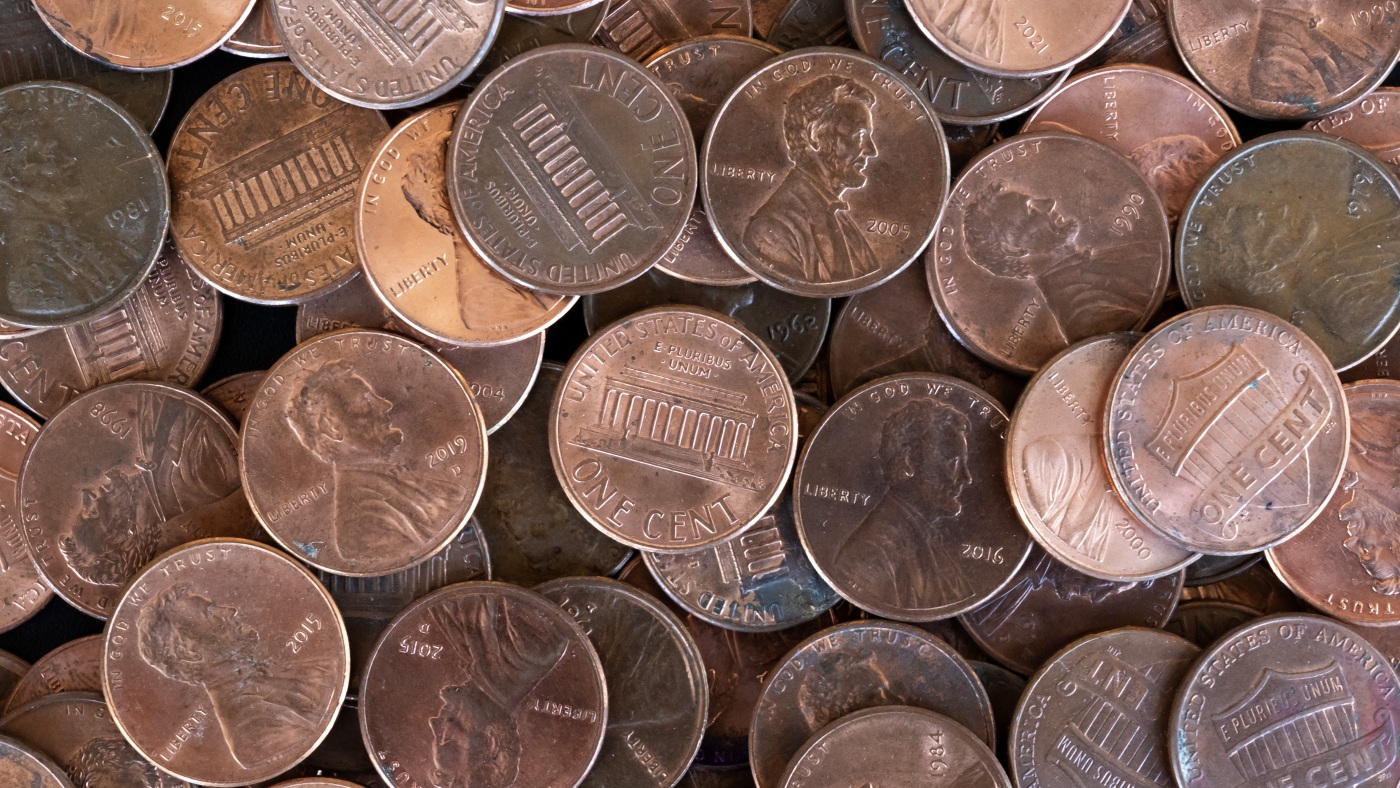The End of the Penny: Unpacking the U.S. Treasury’s Decision to Halt Coin Production
The recent announcement by the U.S. Treasury Department to cease minting new pennies marks a major shift in the nation’s long-standing monetary landscape. This decision, propelled by President Donald Trump’s directive and driven primarily by cost concerns, signals the potential end of a coin that has been in circulation for over two centuries. Though still legal tender and likely to remain so for some time, this move invites a thorough examination of the causes, implications, and prospective consequences of phasing out the penny.
Why Stop Minting Pennies?
At the heart of this decision lies a simple economic fact: producing pennies costs more than their face value. Reports indicate that the cost exceeds 2 cents per coin, essentially creating a loss for the Treasury on every penny minted. This “negative seigniorage” results largely from the rising prices of copper and zinc, the metals that compose most pennies. Over 100 billion pennies currently circulate in the U.S., yet many are rarely spent and instead hoarded in jars or purses, symbolizing a growing disconnect between the coin’s utility and its production expense.
President Trump characterized the continued production of pennies as “wasteful,” a sentiment echoed by other officials and economic analysts who have called for reassessment of this low-value denomination for years. The directive to halt penny minting is part of a broader cost-cutting agenda aimed at reducing unnecessary government expenditures.
The Process and Legal Nuances
Though the President has ordered the Treasury to suspend penny production, the path forward is somewhat ambiguous. Minting cessation might technically require Congressional approval, as coinage is regulated under federal law. However, experts suggest that the Secretary of the Treasury may have the discretionary ability to simply stop producing the coins due to operational oversight of the U.S. Mint. The Treasury has announced plans to phase out the penny gradually — new coins will no longer be issued once current supplies deplete the available blanks used in the minting process.
While minting will stop, pennies already in circulation will remain legal tender. This distinction is important: it means pennies will not immediately vanish from wallets nor disappear from cash transactions but will become less common over time.
Economic and Social Implications
Impact on Commerce and Consumers
One of the primary concerns about discontinuing the penny is its effect on pricing and cash transactions. Without pennies, pricing policies may need adjustment. Rounding to the nearest five cents is the expected consequence, a practice already common in countries like Canada, which eliminated its penny over a decade ago. Some worry that this rounding could lead to consumer loss or retail confusion, though studies and Canadian experience suggest the impacts are minimal and generally neutral over time.
Retailers may also benefit from simplified cash handling and reduced transaction times, as pennies often slow checkout processes due to their low value and abundance.
Effects on Collectors and Specialty Markets
The penny has long held sentimental and numismatic value, treasured by collectors and integral to traditions such as coin-operated souvenir presses. These niche markets may experience disruption, as removing new pennies from circulation could diminish availability for collectors and vendors who rely on the coin for custom souvenirs.
Government Finances and Policy Signals
Eliminating the penny minting could generate tangible savings for the Treasury, cutting losses on production costs. Moreover, it signals a willingness at the federal level to modernize currency practices, potentially opening the door for further reforms in physical money management and cost efficiencies.
A Historical Perspective
The penny’s history dates back 233 years as one of the first coins minted by the United States. Over time, it has endured despite inflation eroding its buying power and widespread public debates regarding its practicality. Previous legislative efforts to eliminate the penny stalled in Congress, underscoring the political and cultural complexities tied to the coin. This current Treasury initiative reflects a culmination of those decades-long discussions, finally nudging the penny toward obsolescence.
Looking Ahead: What Comes Next?
While the penny’s production halts, the coin will persist in everyday life for several years as existing pennies continue to circulate. Over time, lesser demand and fewer new coins entering circulation will naturally diminish its presence in cash transactions. Businesses and consumers alike will need to adjust to a cash system that no longer includes the penny, with rounding mechanisms becoming standard practice.
Meanwhile, the decision might fuel broader conversations about monetary efficiency and the continued relevance of other small-denomination coins in an increasingly digital economy. It also emphasizes the growing role of electronic payments, which sidestep many of the physical currency challenges posed by low-value coins.
Conclusion: A Penny for Our Progress
The Treasury’s move to stop minting new pennies reflects a pragmatic approach to addressing economic inefficiencies embedded in the nation’s currency system. By halting production, the government confronts an outdated tradition that no longer fits contemporary financial realities. Although pennies will remain in pockets and piggy banks for now, their eventual decline underscores a pivotal moment of modernization.
As this change unfolds, it offers an opportunity to reconsider how currency serves the public and how incremental tweaks in policy can both preserve value and enhance fiscal responsibility. Whether embraced or lamented, the penny’s phase-out marks the close of a storied chapter in American monetary history and the beginning of a leaner, possibly more efficient coinage era.


